The Wildwoods $54 Million Dune Project Has Been Canceled
After more than a decade of planning, engineering, and negotiation, a long-awaited dune and beach replenishment project for the Wildwoods has officially been terminated.
The decision, announced Friday, November 7, by New Jersey Department of Environmental Protection (DEP) Commissioner Shawn LaTourette, ends what was once envisioned as a continuous, federally supported dune system stretching from North Wildwood to Wildwood Crest.
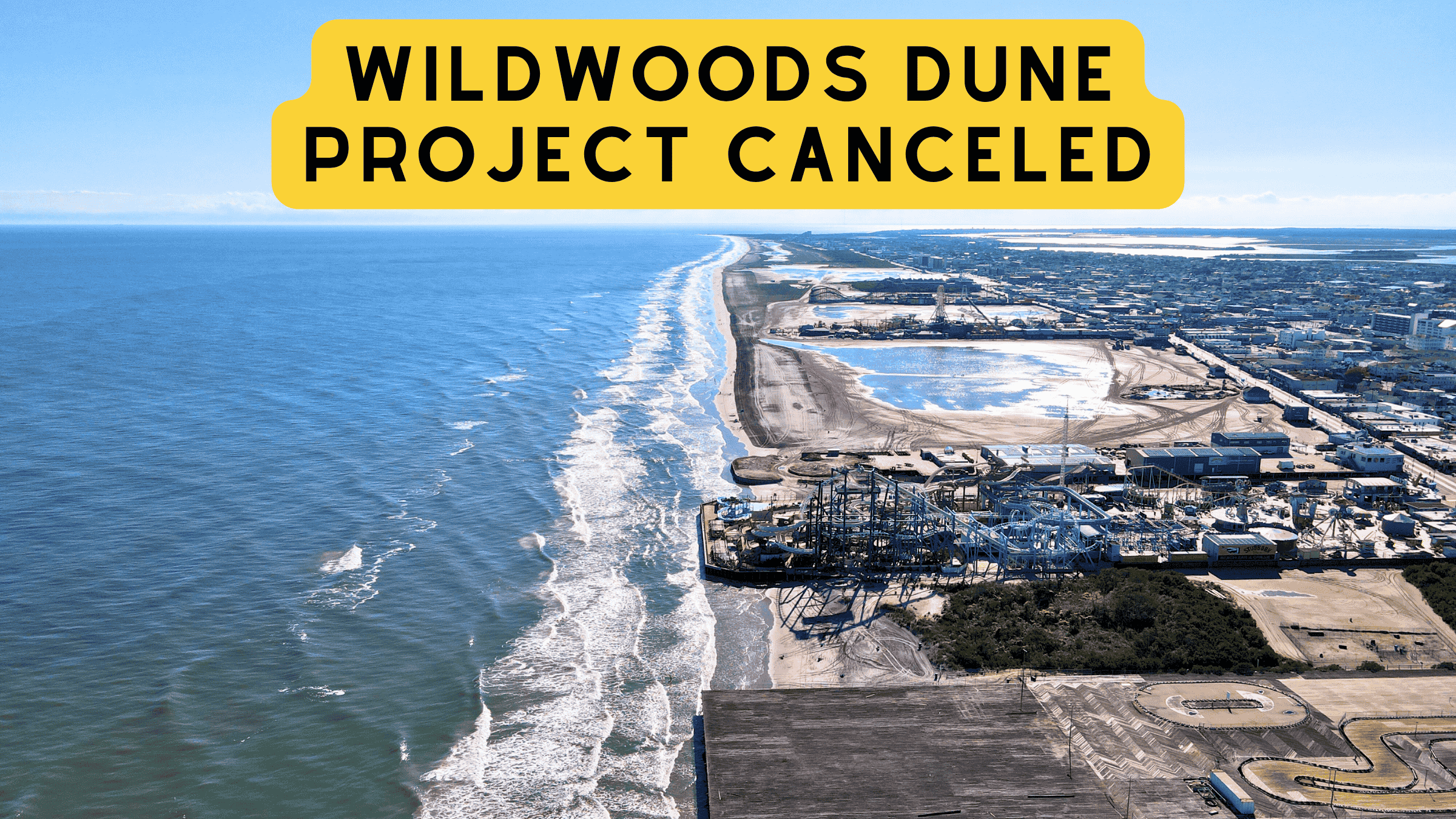
The Wildwoods $54 Million Dune Project Has Been Canceled
The cancellation marks the collapse of a $54 million U.S. Army Corps of Engineers initiative that had been years in the making.
The project was intended to protect the five mile long barrier island that includes North Wildwood, Wildwood, and Wildwood Crest from worsening coastal storms and erosion.
In a letter sent to local officials, LaTourette said that the state could no longer move forward.
“It is clear to me that the City of Wildwood and the Borough of Wildwood Crest no longer support the authorized project and as a result the (DEP) cannot acquire the necessary real property interests to construct, operate and maintain the authorized project,” LaTourette wrote.
“Unfortunately, after years of costly engineering work and many attempts by DEP to help resolve local disagreements, the project reached an impasse necessitating its termination.”
The U.S. Army Corps of Engineers confirmed that the $54 million in combined federal and state funds earmarked for the island-wide dune system would now be redirected elsewhere.
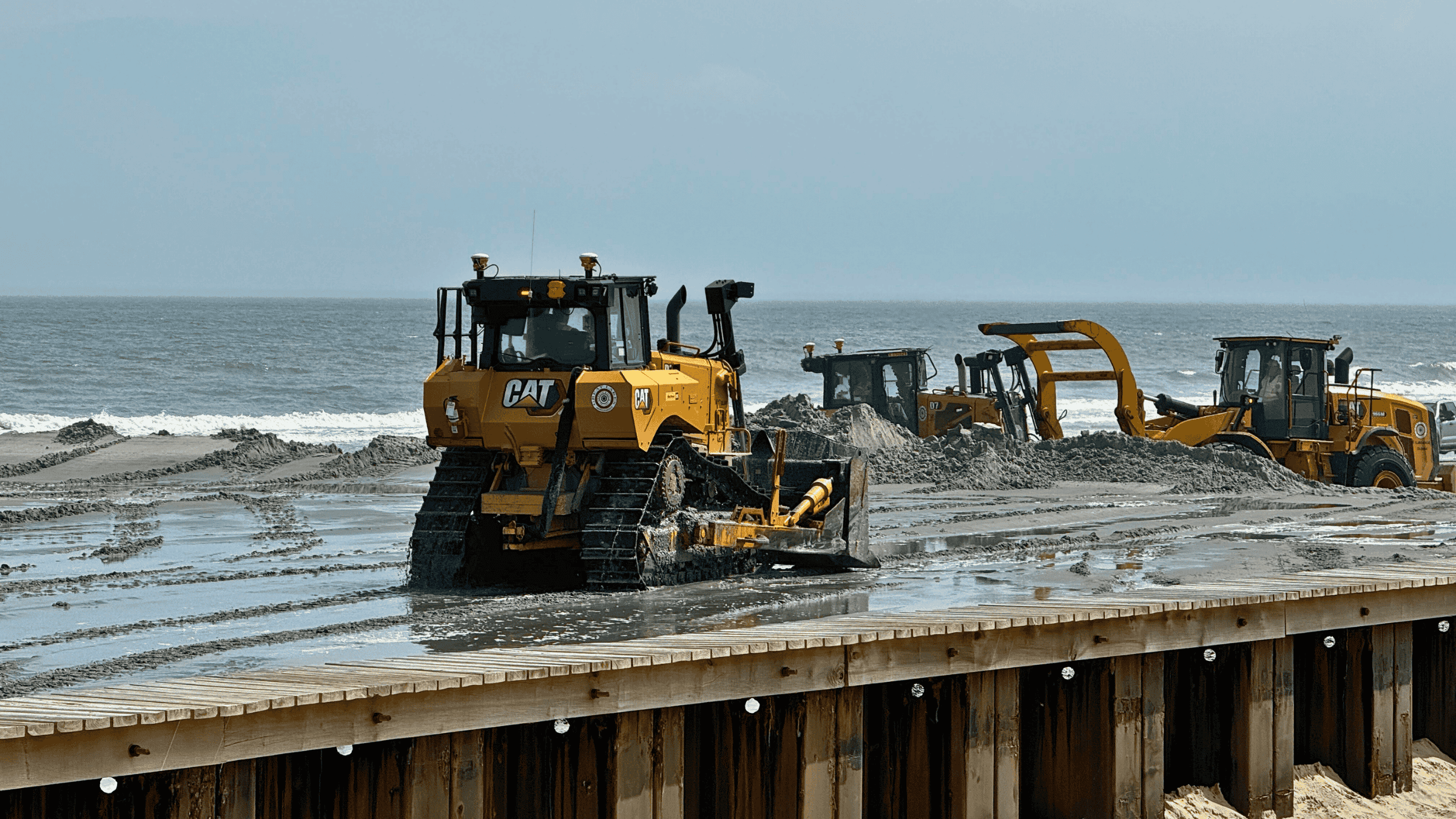
The project, formally known as the Hereford Inlet to Cape May Inlet Coastal Storm Risk Management Project, was first proposed in the years following Hurricane Sandy.
While other coastal towns in New Jersey, including Ocean City, Avalon, and Sea Isle City, quickly received dune and replenishment work, the Wildwoods remained the last island in New Jersey to get a project.
The island’s beaches vary dramatically in width from town to town, which made engineering and coordination uniquely difficult.
Also See: Construction Begins on The Wildwood Boardwalk’s Luxury Hotel: The Wild Resort

To address the imbalance, engineers designed an island wide system that would borrow excess sand from Wildwood and Wildwood Crest and transport it north to reinforce North Wildwood’s fragile dunes.
The approach, known as backpassing, would have created a continuous dune and berm line across all three municipalities, forming a unified barrier against storm surges.
For the state and the Army Corps, the project was more than a matter of convenience. It was about safety.
North Wildwood has repeatedly suffered millions of dollars in damage from nor’easters, and the city has spent years trucking in sand at its own expense. DEP officials argued that a coordinated approach was the only sustainable solution for the island.

While most coastal towns accepted federal dune projects with relative ease, the Wildwoods’ situation was complicated by property rights, local politics, and geography.
The island’s public beaches are among the widest on the East Coast, and both Wildwood and Wildwood Crest expressed concerns about giving up control over how their sand was managed.
For years, DEP officials and Army Corps engineers tried to negotiate easements and access agreements to move sand between the municipalities. But disagreements persisted over property rights, maintenance responsibilities, and fears of beach narrowing in the southern towns.
By 2017, a partnership agreement was in place between the state and the Army Corps, but progress stalled again as the towns debated how to balance their own tourism interests with the broader regional plan.
Every other shore town in the state had already received their dune system. The Wildwoods were the last piece of the puzzle and also the hardest to solve.
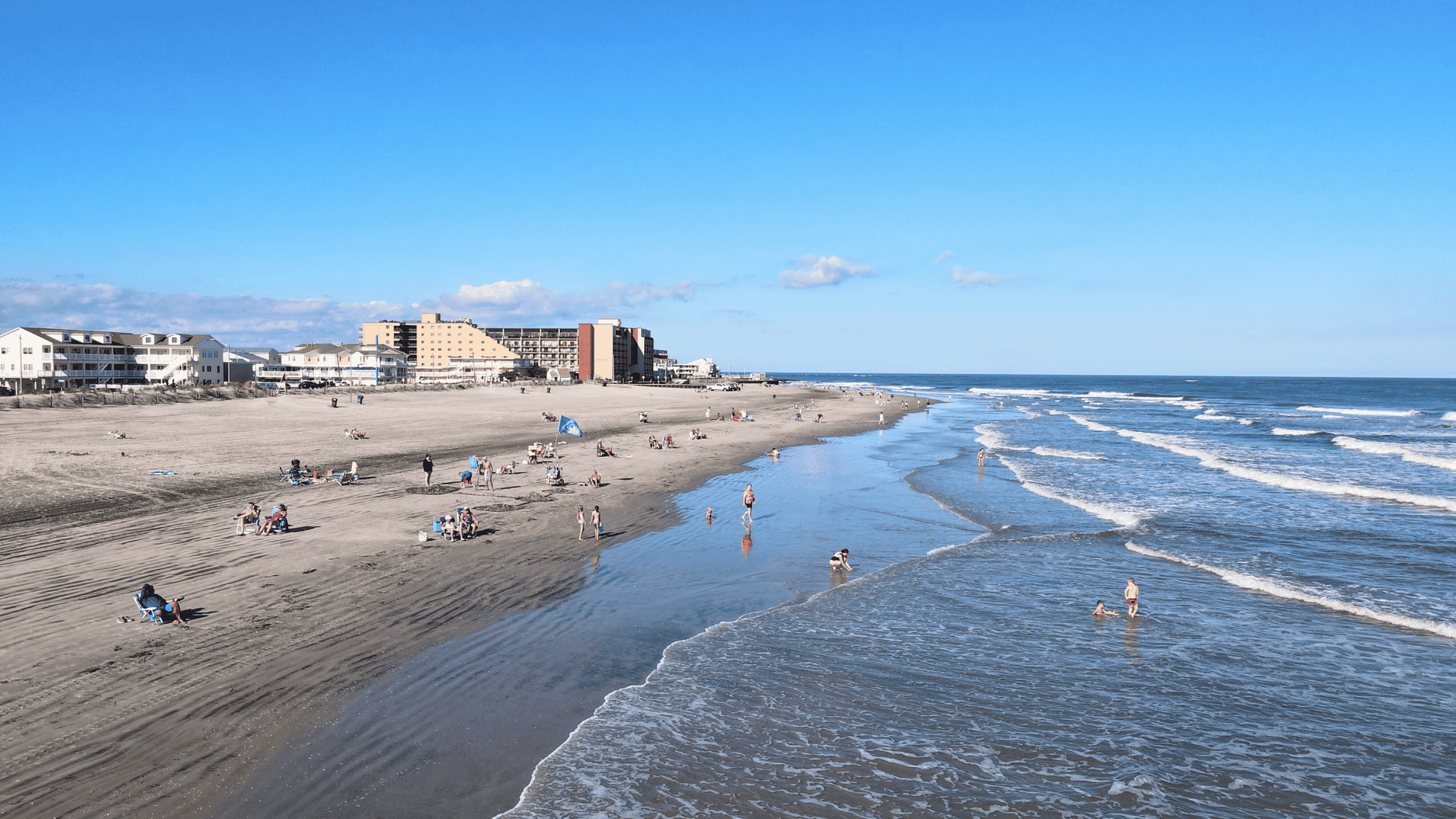
The final rupture came this fall when both Wildwood and Wildwood Crest declined to contribute sand from their beaches for the project. That decision, LaTourette said, made it impossible for the DEP to meet federal requirements for land access and material supply.
“Each municipality should be aware that an offshore sand source, if available, would be significantly more expensive than the onshore sand source already contemplated,” LaTourette wrote in his letter to local leaders.
Without the ability to source sand from the island itself, the Army Corps would have needed to dredge sand from offshore, dramatically raising costs. Federal officials determined the project could no longer proceed as planned.
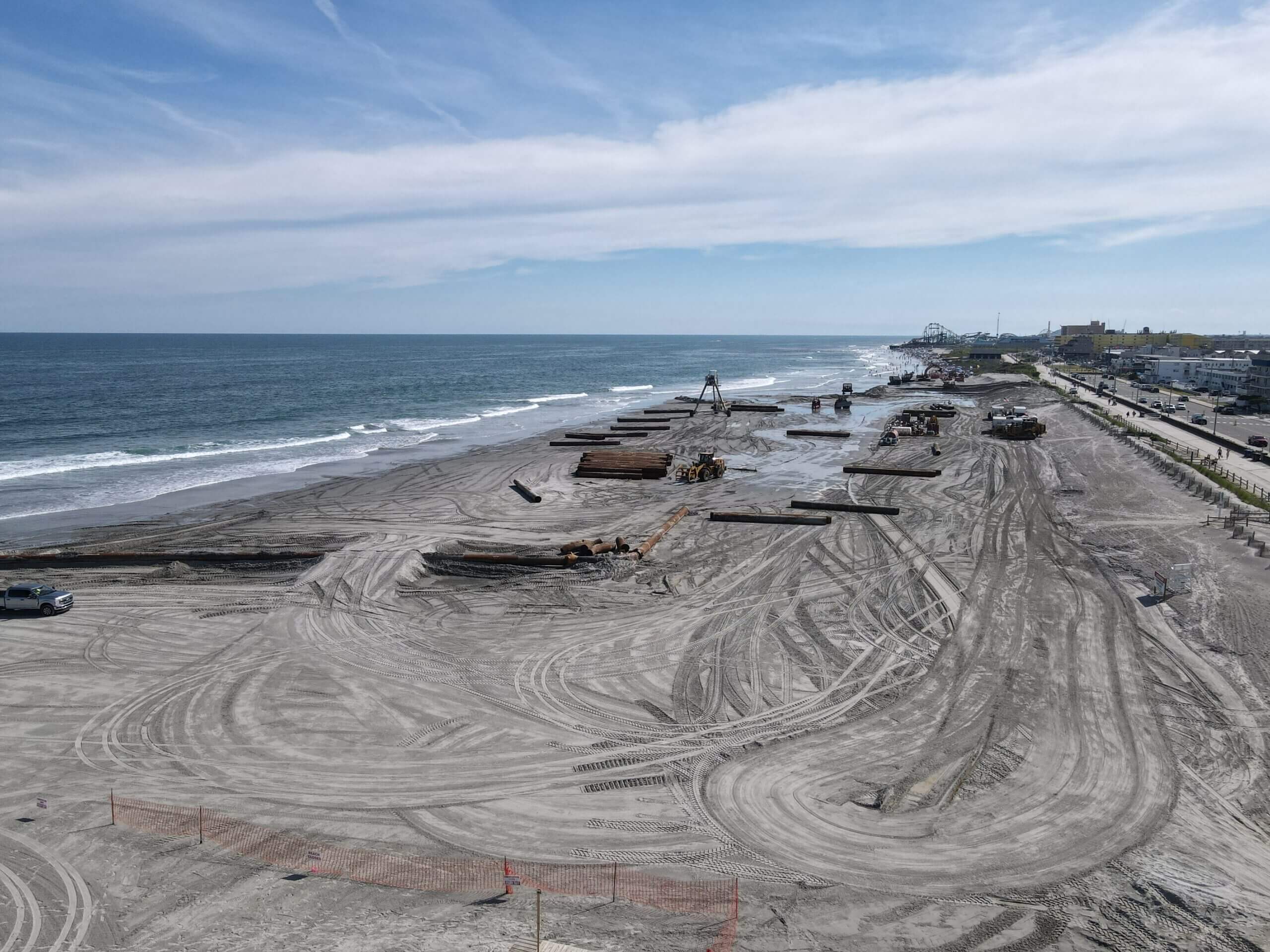
default
What Happens Next
The loss of the $54 million dune project leaves North Wildwood in an interesting position. The city has been engaged in an ongoing dispute with the DEP over its emergency construction of bulkheads and dune reinforcements, actions the state has at times called unauthorized but which the city argues are necessary to prevent catastrophic storm damage. Those cases were finally settled a few months back which left North Wildwood with having to remove our amtheator and rebuild our bulkhead on the beach.
Meanwhile, Wildwood and Wildwood Crest will continue managing their own beaches independently. Both towns have spent recent years focusing on tourism, new hotel development, and boardwalk restoration, efforts that have thrived partly because of their naturally expansive beaches.
But coastal experts warn that without a unified approach, the island’s long-term storm protection will remain fragmented.
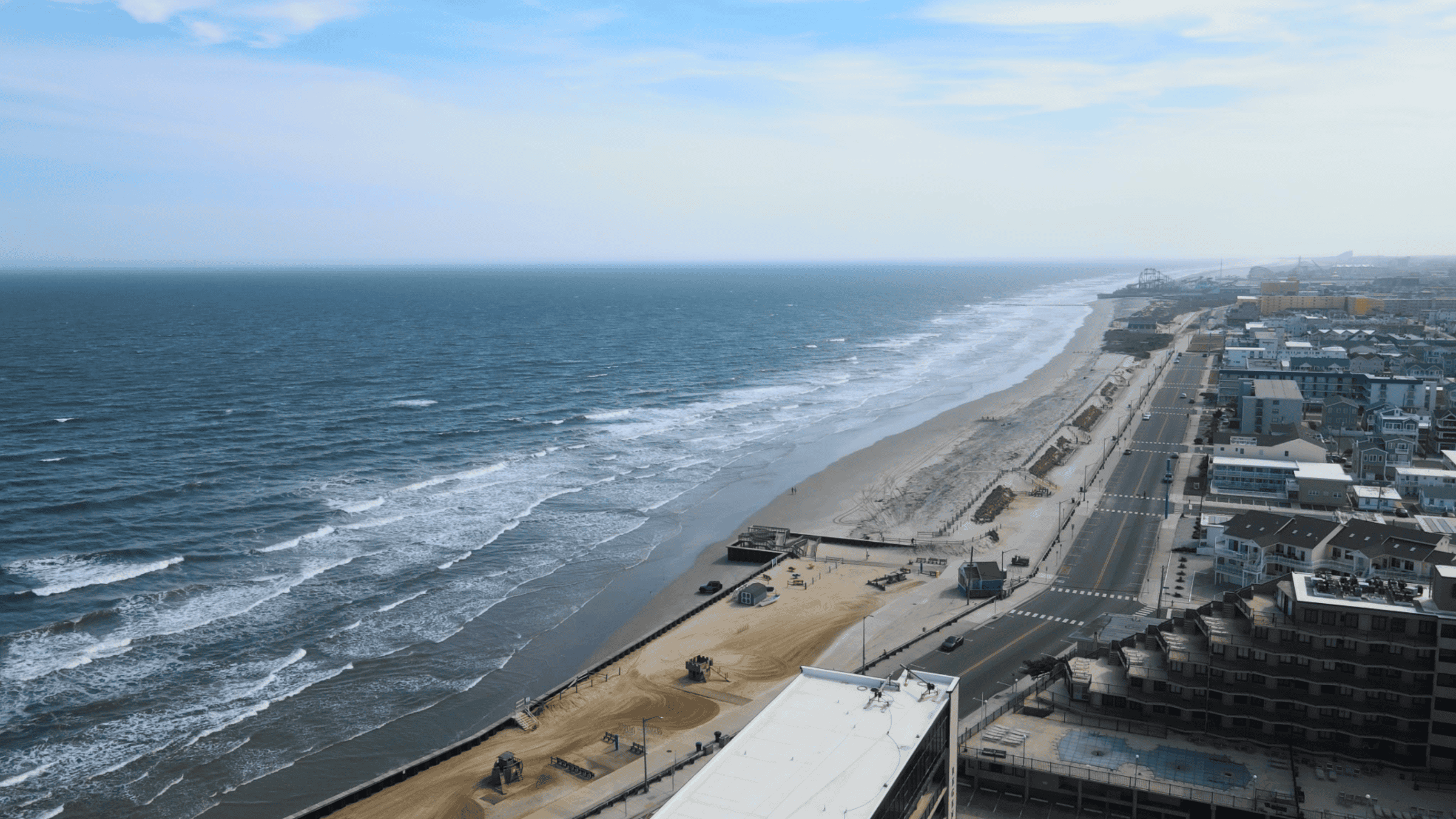
With federal funds now redirected and no island-wide project in sight, it could take years before a new plan emerges.
The DEP has hinted that future replenishment projects could proceed on a town by town basis, but those efforts would require fresh environmental studies, new permitting, and separate federal cost sharing agreements. This could mean that North Wildwood could get a project without the other towns being involved.
The Wildwoods, once poised to receive the same level of protection as other Jersey Shore towns, are again on their own against the sea.
If you want to learn how these projects are done, watch our video below (and please subscribe)
